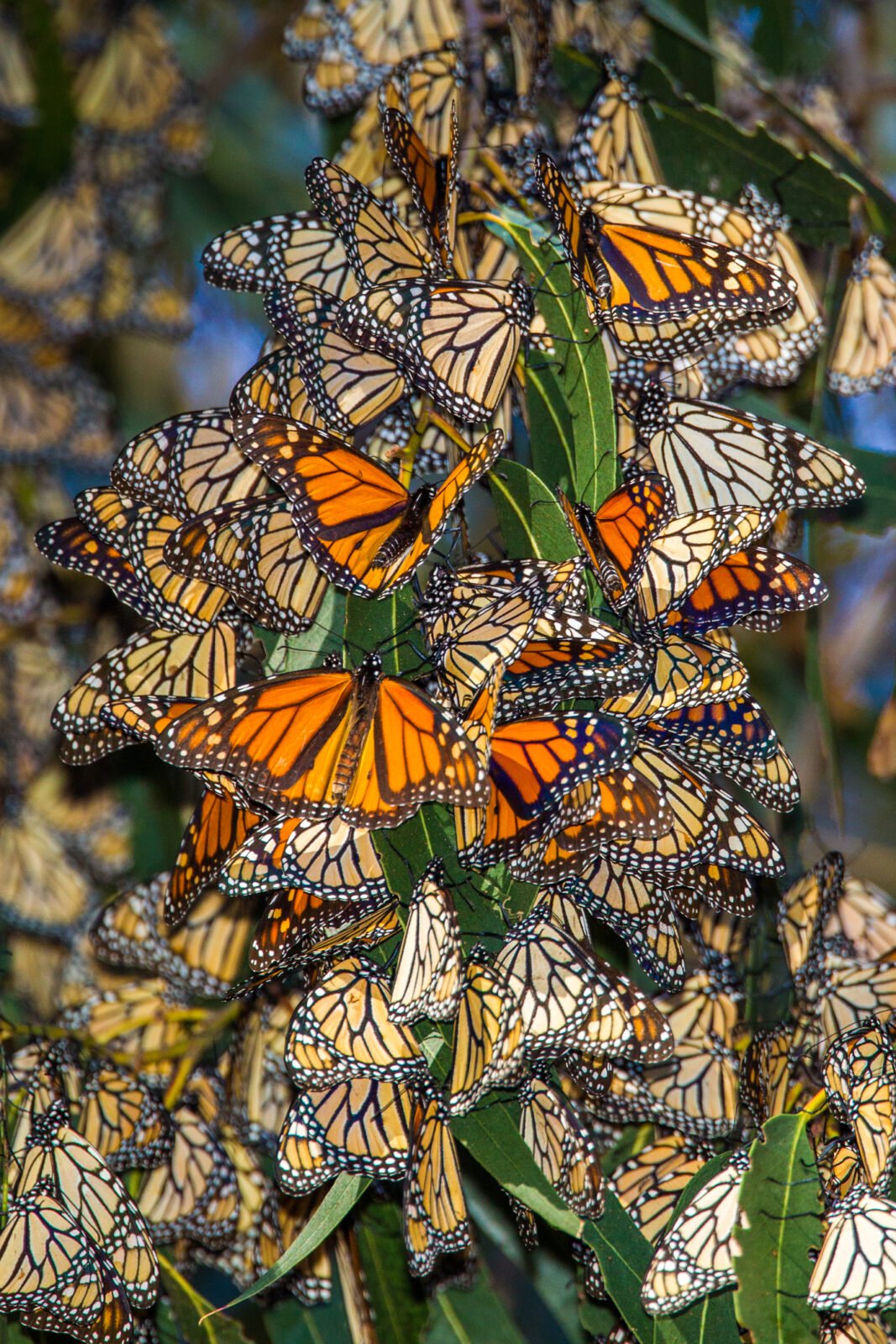
Native News Recap: 2022
Here’s a native news recap looking back at some of the biggest native plant news stories of the...
Mothers give us so much, but sometimes it takes a while for us to appreciate the gifts that we can’t unwrap. I was lucky that my mother passed on her love of flowers and gardening. She didn’t come into her own as a gardener until she was free from rearing her six children. Until then, she didn’t have the time or money to make her rather large suburban yard into what she wanted.

When we first moved to Baltimore, MD in 1961, the yard came with (unwanted) grape vines, some standard foundation plants, and some flowering shrubs. It was pretty haphazard. She first tried vegetables because that was what her father cultivated, but after several vegetable garden failures, she decided to do what she loved – grow flowers. She experimented, shopped around, and focused on the area on either side of the front steps. This was the most visible to passersby and drew compliments and encouraged her. Later she took classes in floral design. This interest began to guide her choices of plant materials. She introduced Flowering Quince and Scotch Broom just so these would be available for her floral designs. Her one success in the area of food production was a fig tree which she treasured for the fruit.

Around the time that gardening and floral design became her hobby, I became a homeowner and gardening became a real connection between us. We didn’t often agree, but this was a topic we could peacefully share for hours. Beyond the beauty of her garden choices, there was no consideration of the environment and the living beings that depend on it. I was more interested in vegetable gardening than my mother. When I moved into an apartment after college, I dragged bags of soil and pots to my 3rd level apartment just to grow tomatoes and cucumbers. It was successful! When I got married and moved into an apartment in a house, my neighbor offered me some weed overgrown land to “farm”. Disaster. The weeds were the victors. Then we bought our first house and I had a real raised bed vegetable garden. It was a triumph for about 5 years. I rotated crops and began to see the advantage of planting varieties that are region friendly. However, I knew nothing of compost or native plants. Who ever heard those terms in the ‘70s and ‘80s? The next house we bought had an abundance of shade, and my one attempt at vegetables was a failure. Battling the native soil and the dearth of sunshine after having the advantage of sunny raised beds was too difficult with two small children, a job, and a house. I turned to container gardening for the control of the microenvironment and pops of color. By the time we moved to my present home 28 years ago, I knew well the challenges of shade, clay soil, and little time. I also had lots of experience under my belt. We tore out the few landscape shrubs that came with the house and started over.

I’ve probably lost more plants than have survived over the years, but what is left is a lovely mixture of native and non-native. All my plant losses taught me to grow what does well here. It took me many years to see and read about the advantages of native plants. Soon after I became aware of this movement, my daughter became interested in gardening and went to work for a native plant nursery. The stars (and the generations) aligned. Through my reading – and her – I’ve learned that natives do well in local soil types and weather conditions. Native species of birds, pollinators, and mammals have also grown to depend upon these familiar plants, some even evolving alongside them. Now I compost at least 70% of our yard waste and almost all of our kitchen waste, and my garden loves it. I’ve made a concerted effort to grow natives, adding Black-Eyed Susan (Rudbeckia fulgida), Swamp Milkweed (Asclepias incarnata), Arborvitae (Thuja occidentalis), Redosier Dogwood (Cornus sericea), and Cardinal Flower (Lobelia cardinalis) to my landscape. What I wouldn’t give to discuss these advances and benefits with my mother. Sometimes I think of her when I learn a new species or see bees hovering around my garden. She would definitely be interested in the plants and the concept of growing native. I remain grateful for the gift she gave me – a love of gardening.

Mary Jo Forte lives, gardens, and sometimes writes in Towson, MD.

Here’s a native news recap looking back at some of the biggest native plant news stories of the...
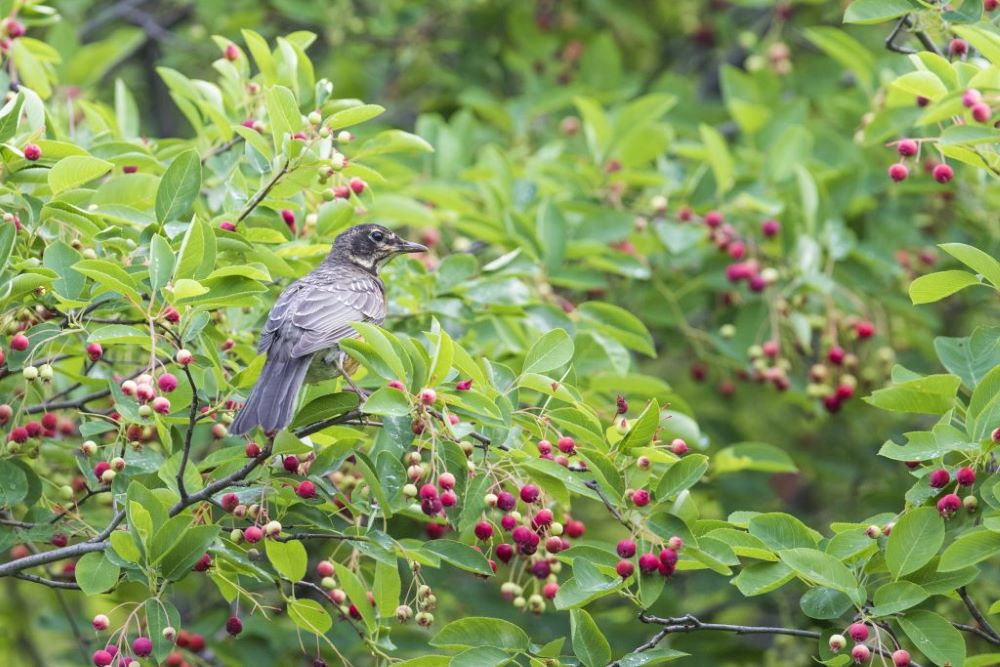
In the past we have emphasized the importance of keystone species in supporting bird populations,...
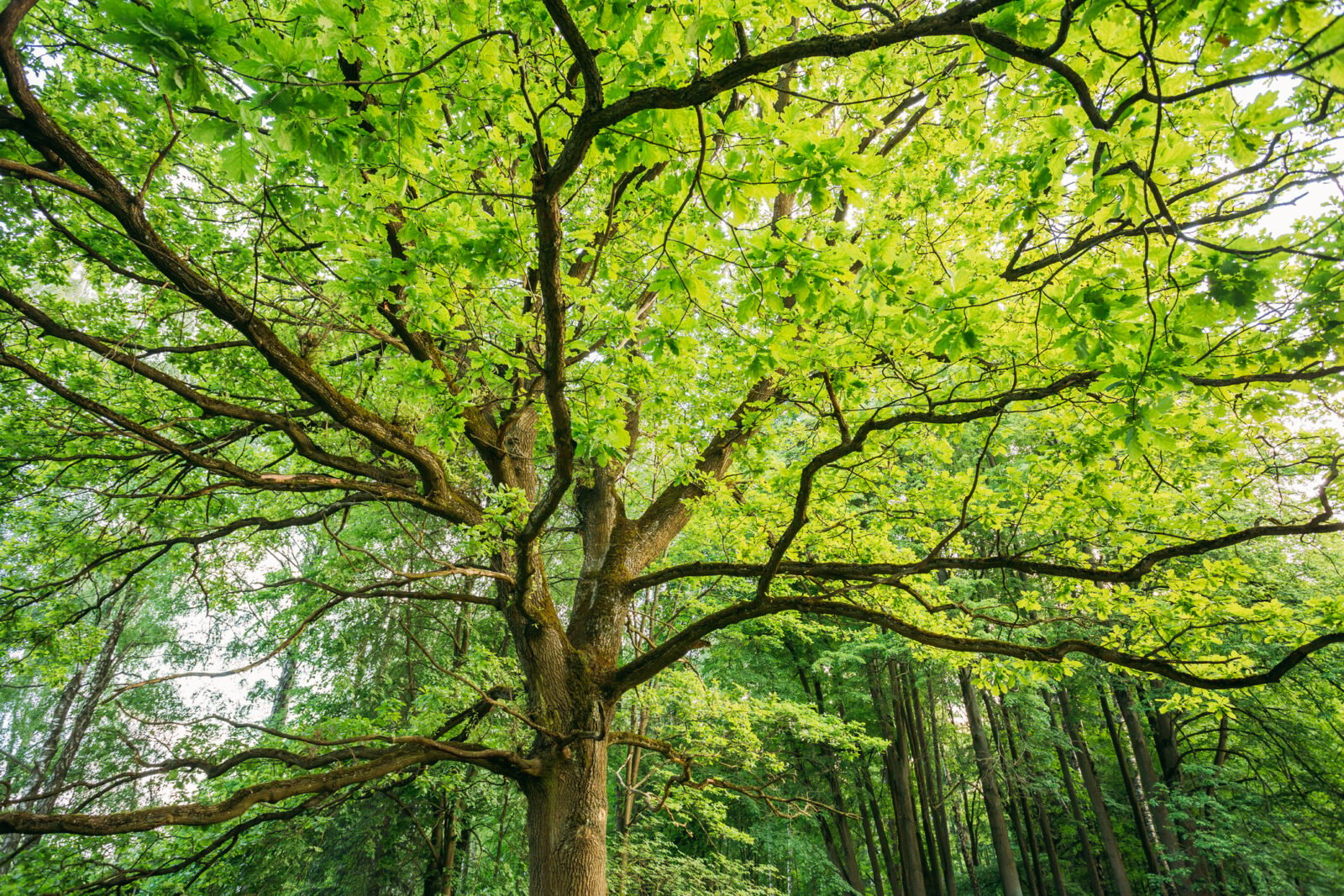
Perennials are the stars of most gardens, and no wonder! They provide a variety of shapes and col...
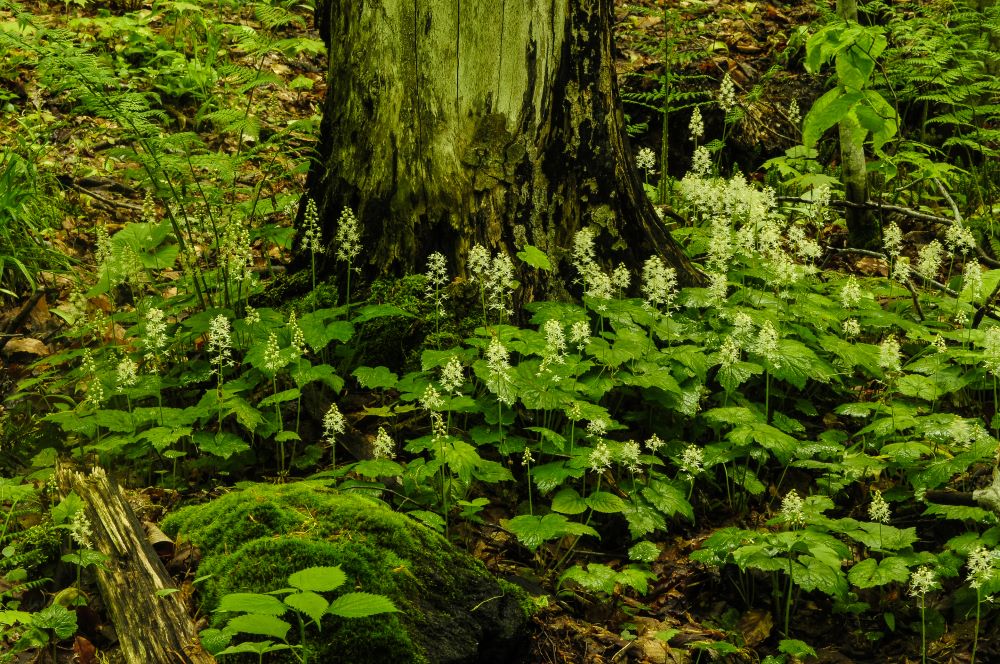
These native ground covers for shade make a perfect living mulch by holding in moisture, keeping ...

Gardening is ‘In’! Over the past two years gardening has suddenly become very popular with pe...
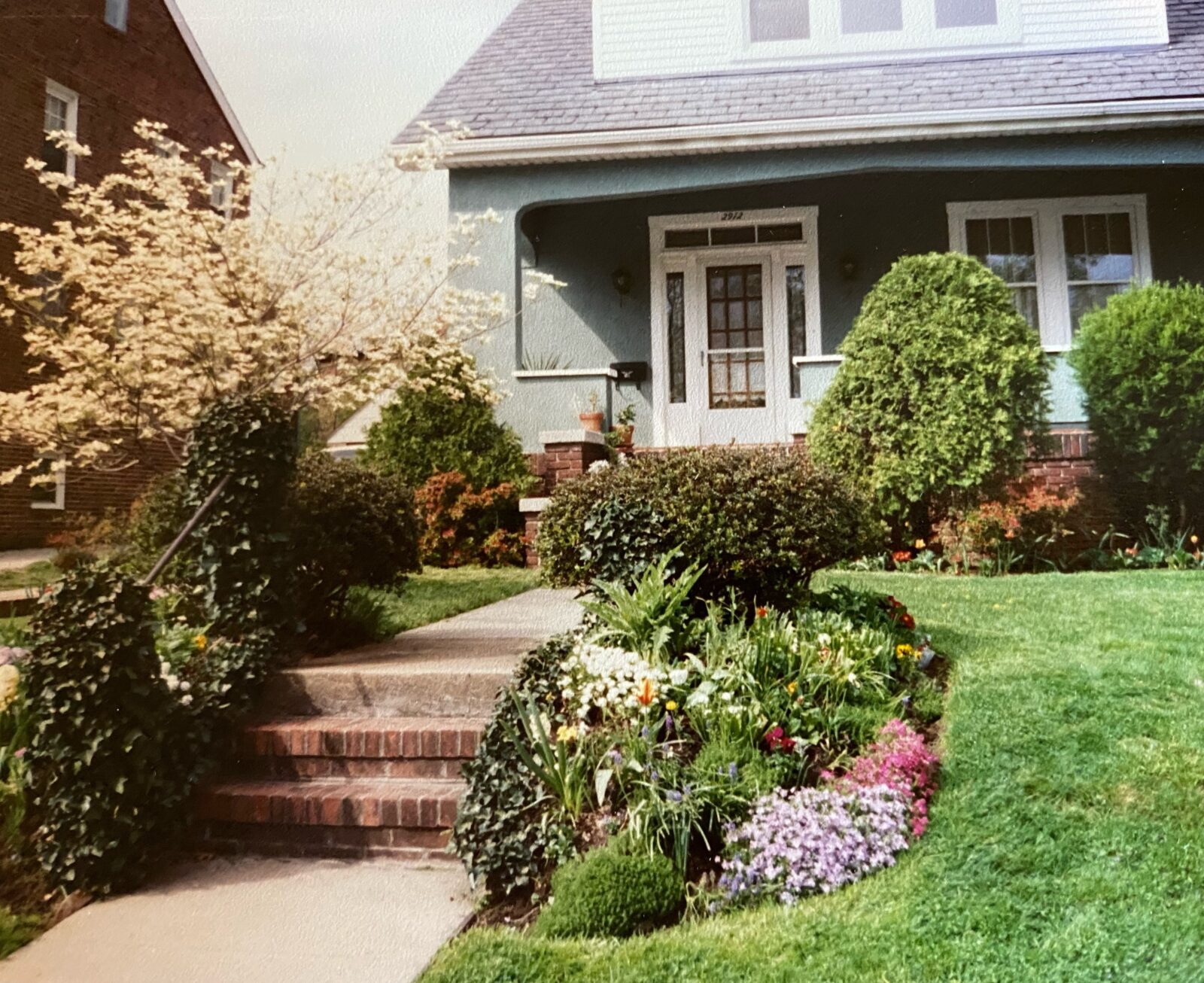
Mothers give us so much, but sometimes it takes a while for us to appreciate the gifts that we ca...
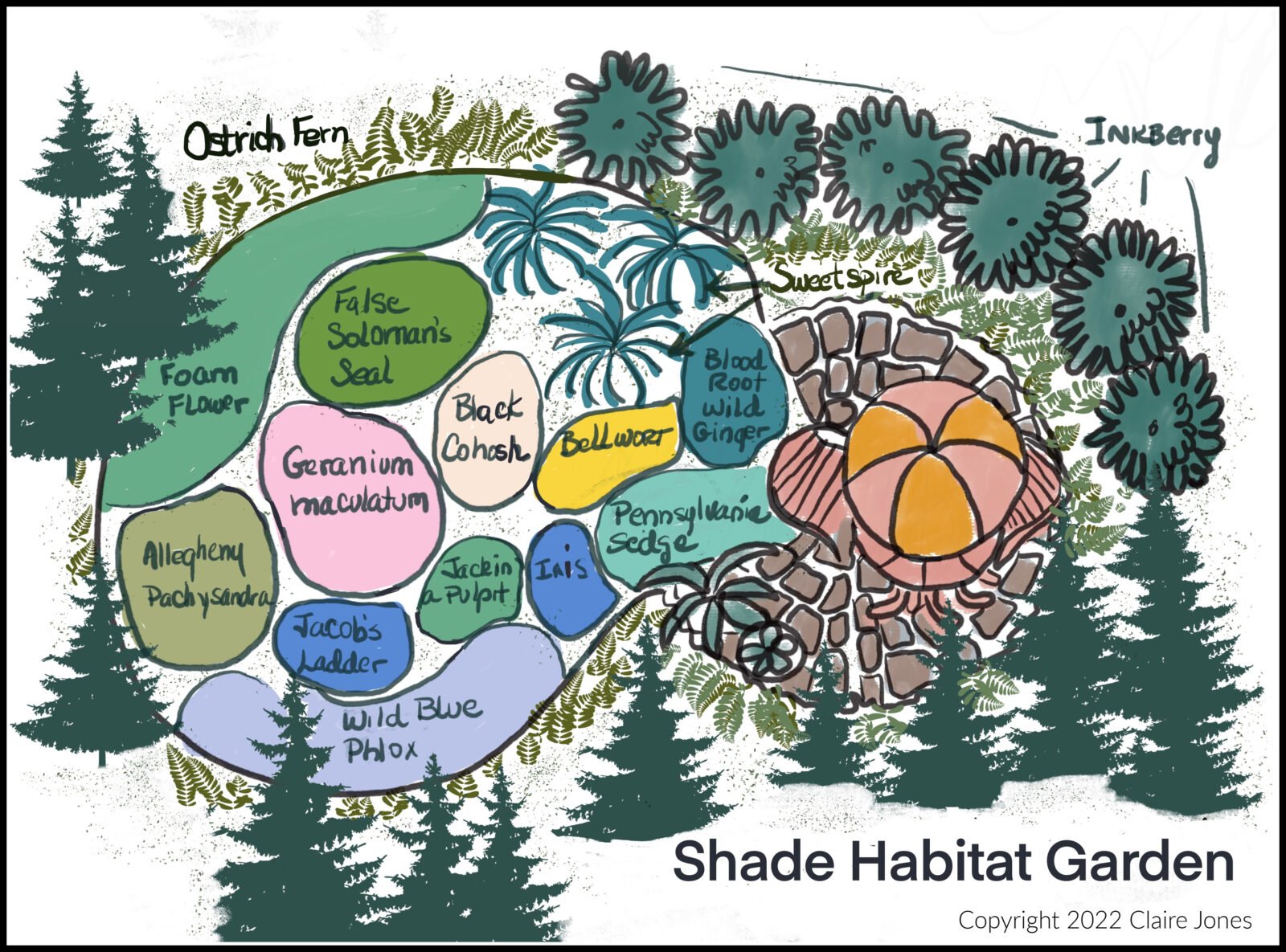
This is the second part of my Habitat Heroes Design series. The first part was a sunny garden of ...
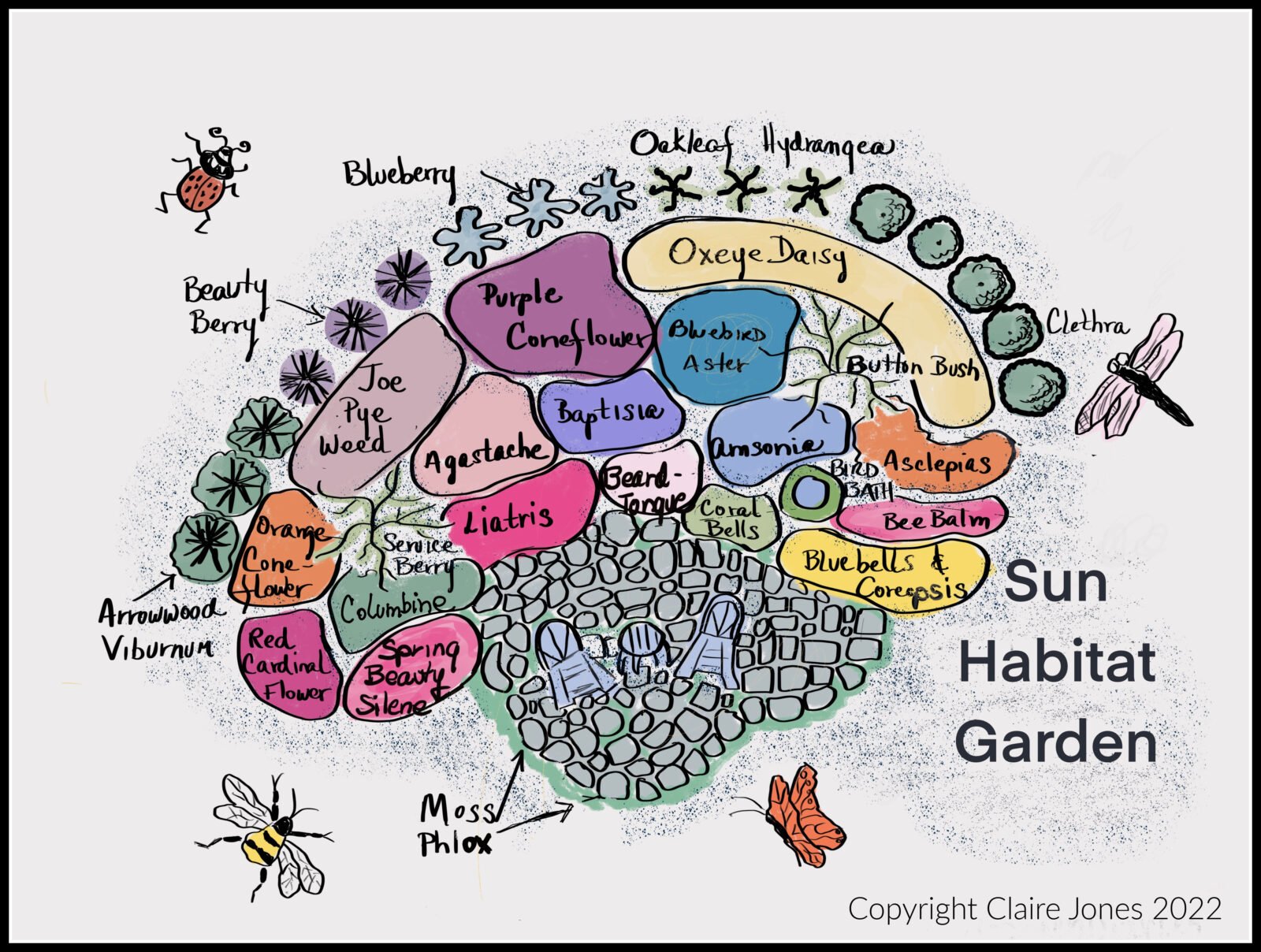
This blog post will cover how to design and install a Sunny “Habitat Hero Garden” with native...
Now Shipping for Spring 2024!